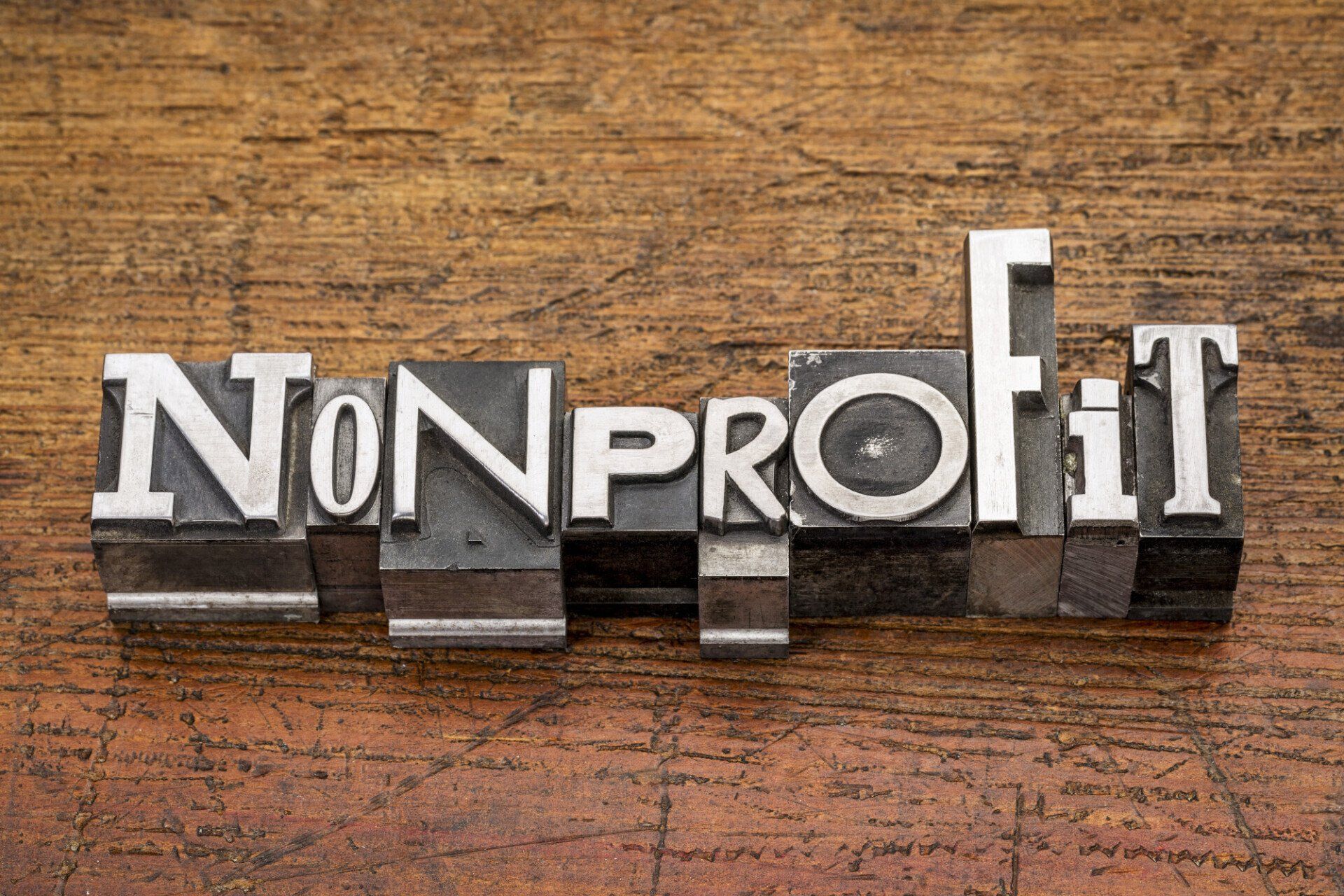Essential Elements to Include in Your Case Statement
How to Write a Compelling and Persuasive Request for Funding

ESSENTIAL ELEMENTS TO INCLUDE IN YOUR CASE STATEMENT
What is a Case Statement?
In its simplest definition, a case statement is a document nonprofit organizations use to solicit funds from individuals and institutions.
It helps nonprofit organizations focus and clearly articulate the WHY, WHAT, HOW, and WHEN a donor should consider making a gift to an organization to carry out its mission successfully.
It is a vital document to use for any individualized fundraising request, not just for capital campaigns, and elements from this document can be extrapolated and used in mass electronic appeals.
The Association of Fundraising Professionals (AFP) defines "case" as "the reasons why an organization both needs and merits philanthropic support, usually by outlining the organization's programs, needs, and plans.
A case statement should be a dynamic document that evolves with the organizational needs. It is an external document to give to your prospective donor after you have delivered your "elevator pitch."
Lastly, it is a defining and unifying document used by staff and board in the nonprofit organization to communicate support.
Why is it essential to have a Case Statement?
Following the train thought in my last sentence, when a fundraising team or an organization engages in the process of creating a case statement, the exercise compels individuals not only to prioritize their annual and long-term fundraising goals but also to articulate them succinctly.
It gives the organization a unified voice to communicate the same way to external stakeholders. It informs the staff on the organization's priorities, the cost of programs, ongoing operational costs, and capital projects.
The case statement is the governing document that serves as the foundation for strategies verbalized in a development plan. The development plan, in turn, sets the pace, determines who is responsible for which solicitations, and addresses cash flow predictions within the organization.
Traditionally, organizations embark on producing a case statement when they are about to start a capital campaign. The result is often a costly, glossy document presented to a prospective donor capable of making a principal or major gift. However, a conceptually similar document with an annual scope can be created to inform external stakeholders on the organization's fiscal year's priorities.
It is good to remember that the Case Statement is an external document. It should be written for people outside the organization explaining why financial support is essential. Are you worthy of their trust? Why should the donor consider making a gift to you instead of other similar organizations? How will the money be used, and what is the project's timeline? How will this project grow in the future? And most importantly, why is your organization uniquely qualified within your market to carry out this project?
As most of you already know, fundraising is a relational enterprise that requires continuous engagement through cultivation and stewardship. It is equally important to remember that emotions are the basis for approximately 80% of a person's decisions in a day.*(*https://www.deloittedigital.com/content/dam/deloittedigital/us/documents/offerings/offerings-20190521-exploring-the-value-of-emotion-driven-engagement-2.pdf)
Considering this concept, case statements need to move and inspire prospective donors.
Consider adding a contextually meaningful inspirational quote, pictures, a visually compelling graph, testimonials, infographics, or a timeline. If the document is digital, then a video, a short presentation, a program in action will only enrich the presented content.
What elements should be included in a Case Statement?
First and foremost, case statements need to be written in clear, plain language so that anyone reading the document can understand. The combination of information and visuals should touch the reader emotionally and offer all the information they might need to decide about a philanthropic gift.
Things to consider including in a case statement. Each organization should determine which elements to include and how much visual content to add:
- A compelling and emotional opening statement
- A short letter from the chief executive with an immediate call to action
- Your mission and vision statements
- A description of what the organization does and how you serve your sector. How is the organization assisting, inspiring, developing others, and how does that address community needs? This statement should answer the who, what, and why. Who do you serve, how do you do it, and why do you do it? What niche is the organization fulfilling that the government or the private sector is not? If applicable, what are you doing better than the competition?
- Provide a historical overview of the organization highlighting your accomplishments and triumphs. Here is an excellent place to highlight why what you do is essential.
- Add stories of critical successes from recent history, highlighting the importance of what you do.
- Offer a clear discussion of your fundraising needs with relevant but concise financial information.
- Do not forget to thank your readers and prospective donors for their time and consideration of your gift request at the end of the document.
- The Case Statement should always be accompanied by a heartfelt letter customized to the donor receiving it, thanking them for their time, stating the request and a clear follow-up.
Dos and Don'ts in a Case Statement:
You want to establish an emotional connection with your reader. The Case Statement needs to be easy to read and easily understood by anyone, especially those unfamiliar with your mission.
Suppose you cannot tug at the heartstrings with a compelling story involving obvious empathy-generating causes such as victims, children, civil wars, and famine. In that case, you can articulate why the work you do is so important. You can certainly be inspirational and persuasive. Your goal is to invite prospective donors to be part of something bigger than themselves and be part of a solution that will address an important societal need.
Do not use industry jargon or acronyms unless you explain them early in the document.
Do not produce an extremely long document. Choose non-biased readers who are not involved with the organization or have much knowledge about your mission. Ask them to critique your document. Did they understand the message? Were they bored midway through the document? Were they inspired or indifferent? Did they express interest in learning more about what you do?
Make your prospective donors part of the solution, using words like a partnership, team, community, your investment, or phrases like "with your support we can…," but avoid punitive language such as "without your help, such program will fail."
Add visual content carefully designed to inform and inspire. We are all visual learners in one way or another, and we all use non-verbal language daily. Here is an interesting article on marketing psychology (https://venngage.com/blog/marketing-psychology/).
Avoid negative statements such as: "We have never been able to…", "we don't have the capability…." Highlight your accomplishments and talk about your vision for the future.
Finally, I would advise not to get stuck on creating the perfect piece and editing the document ad nauseam. When there are too many cooks in the kitchen, especially when there are several board members, there is an imbalance of power between staff and board. Your staff may not feel comfortable voicing their opinion in such a context. In this situation, the product is frequently a safe but uninspiring vegetable soup when you are aiming for a delicious Vichyssoise.
Choose a small group to work on this project to get it done before presenting it to a larger audience within your organization. You can tweak minor edits then, but structurally the Case Statement will be made. If your Case Statement is digital, you will have the opportunity to make further edits down the road as needed.






